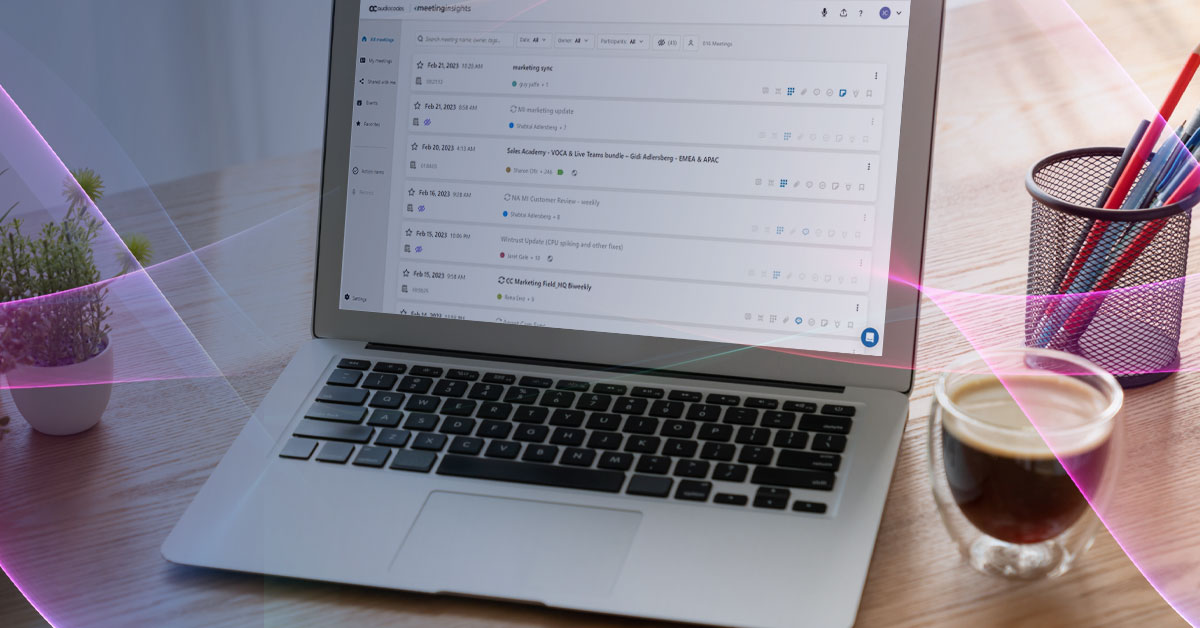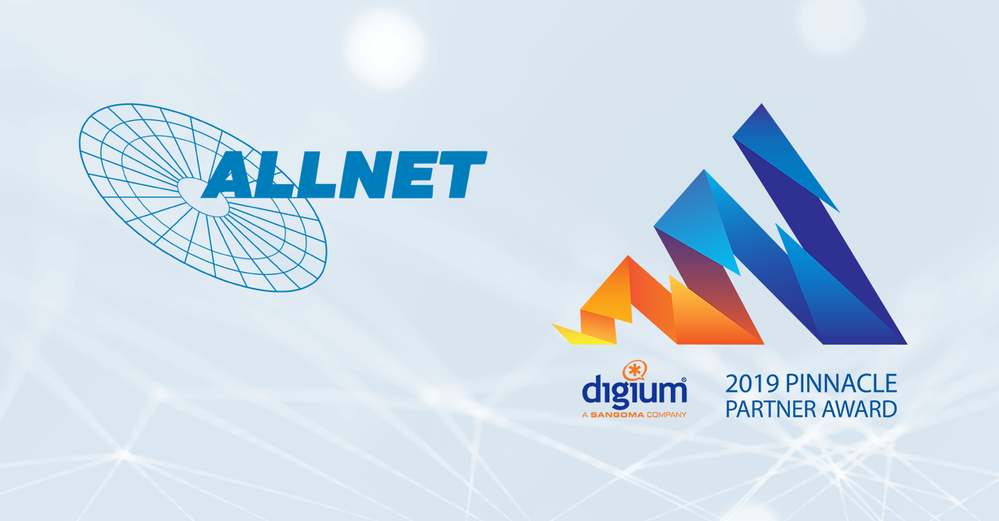Consider the amount of knowledge shared through emails across your organization. Customer questions, processes, feedback loops and status updates. All emails are archived and kept, but the same cannot be said for company meetings. Action items, decisions made and highlights can be insightful to those who were not in the meeting.
But sharing the full recording is not enough. How can you quickly extract real value from a one-hour meeting recording?
Here we’ll talk about why keeping and using your company meeting content is just as important as keeping your company emails.
The three types of meetings that provide insightful knowledge for future use
1
Sales meetings
It’s Important to balance your responsibilities of meeting the needs of your customers with the goals and interests of your organization. You may find yourself in a situation where you need to advocate for the needs of your customers while also communicating with upper management. In these scenarios, it’s crucial to record these meetings and, of course, get approval from your customers beforehand. When you record these meetings, your customers benefit from being able to consume the content afterward in their own time, which is especially helpful when you’re promoting complex products. You’re likely presenting unique value propositions, demos and other critical information within a limited timeframe.
Providing your customers with a recording they can refer back to not only helps them fully understand your message, but also demonstrates that you value their time and are committed to meeting their needs. In the end, recording meetings and sharing content with customers is a win-win situation for both you and your customers.
2
Product & project management
Meeting content can be valuable for product managers to make observations, listen to the customer’s voice and offer detailed feedback. Managers have a lot on their minds, including deadlines, managing a team, tracking projects and more.
Product and project management departments do very little siloed work. When a product manager has a call with customer it leads to invaluable clarity for engineering teams. Also, customer recordings provide marketing teams with definitive messaging to use for future campaigns.
Recordings enable project managers to quickly analyze common barriers and roadblocks mentioned during department meetings to create a detailed and relevant project brief, as well as maintain notes, action items and find important meeting information easily. Recordings can then be shared across departments to reference key details or decisions from meetings.
3
Training & onboarding
Managers can easily review recorded meetings to keep track of an employee’s progress and create learning opportunities for new hires. It’s a powerful coaching practice to record how someone performs, either in a sales discovery meeting or a demo. Listening to examples of strong performance by other team members can be a helpful coaching tool, too.
Meetings about your organization’s expectations, procedures and structure can provide useful training resources during the onboarding and training process. However, delivering the same information over and over can be repetitive and an ineffective use of time. Now, managers can distribute these recordings to new employees and save time to reduce redundancy during the training period. Providing all trainees with the same record of information also increases the consistency and accuracy of the training process.
Having a repository for meeting content equals valuable insights for better decision making
Meetings are an essential part of the daily operations of any organization. They provide valuable insights into the decision-making processes for company leadership, and with lots of employees covering a wide range of responsibilities, managers often miss the field insights being passed through conversations in meetings.
The good news is that as a manager, you don’t need to attend every meeting and replay every recording created by your team. The real value of meeting recordings lies in preserving a repository of information that can be used to quickly find the topics you’re interested in reviewing.
For example, certain recording solutions allow you to identify how many times a specific keyword was mentioned or gather highlights from key points in a meeting. This information can not only help managers spot areas of conversations, but also gives an idea of how big the buzz is around a particular topic.
In addition, a repository of meeting content helps you keep track of important discussions, decisions and action items. This can be especially helpful if you need to reference past discussions or to provide context for new team members who were not present for their original meeting.
Access to meeting recordings and transcripts also helps to identify potential areas for improvement in your organization’s communication and collaboration. By analyzing transcripts, you can identify recurring issues that need to be addressed to make the necessary improvements to your team’s communication and productivity.
All in all, recordings provide insights into decision-making processes, help to keep track of important discussions, provide context for new team members and identify areas that require improvement in your team.
Improve transparency within your organization
Transparency is essential for you to align themselves with the values and goals of the organization.
Technology has gotten us accustomed to speed. If you want to find an email quickly, you simply use a filter to sort and find the email. The ability to easily filter and find emails has a significant impact on our productivity. Similarly, recording meetings can be incredibly useful in making sure everyone is on the same page. Being able to search and find specific topics that were discussed in a meeting allows for a more efficient and productive work environment.
However, it’s important to remember that not everything should be recorded. Certain meetings and information may be confidential and not intended for all employees to see. It’s essential to set clear boundaries and ensure that employees only have access to information that they need to know.
Transparency is crucial for organizations and individuals to succeed. It improves productivity and ensures that everyone is working towards the same goals. By maintaining a balance between transparency and confidentiality, organizations can create a healthy work environment where employees can thrive.
What’s the big difference between meeting recordings and having a repository of information?
When you ask about the different unified communications solutions, people may wonder about the differences between them. Many standard unified communication systems, like Zoom and Teams, have user-oriented recordings, which means that the user owns the content. If someone else in the organization wants to access said content, they must use the same terminology as the user and obtain authorization from them.
However, the organization-oriented solutions focus on the organization owning the content, which is more important in some cases. With this type of solution, the responsibility of driving and accessing content is shifted from the user to the organization, which is very important. It’s essential to know that the organization-oriented solution is designed to focus on organization productivity, rather than individual productivity.
In summary
With today’s technology, recording meeting conversations is easier than ever. Additionally, with conversation intelligence solutions like AudioCodes Meeting Insights, you can easily record, transcribe and get AI-generated notes and detailed analysis of your calls and meetings.
Meeting Insights offers you the optimal enterprise solution for recording your meetings and provides a central repository of all your company meeting recordings, providing an effective solution for capturing, managing and sharing information and ideas across your organization.
Want to hear more about using your meeting recordings? Watch the February session of Beyond the Meeting Presented by Meeting Insights on YouTube!
This article was sourced from AudioCodes, https://blog.audiocodes.com/how-to-use-content-from-recorded-work-meetings-and-what-you-should-record
For information regarding AudioCodes, or to request a quote, please e-mail info@allnetusa.net or call us at (863)-417-8777!




